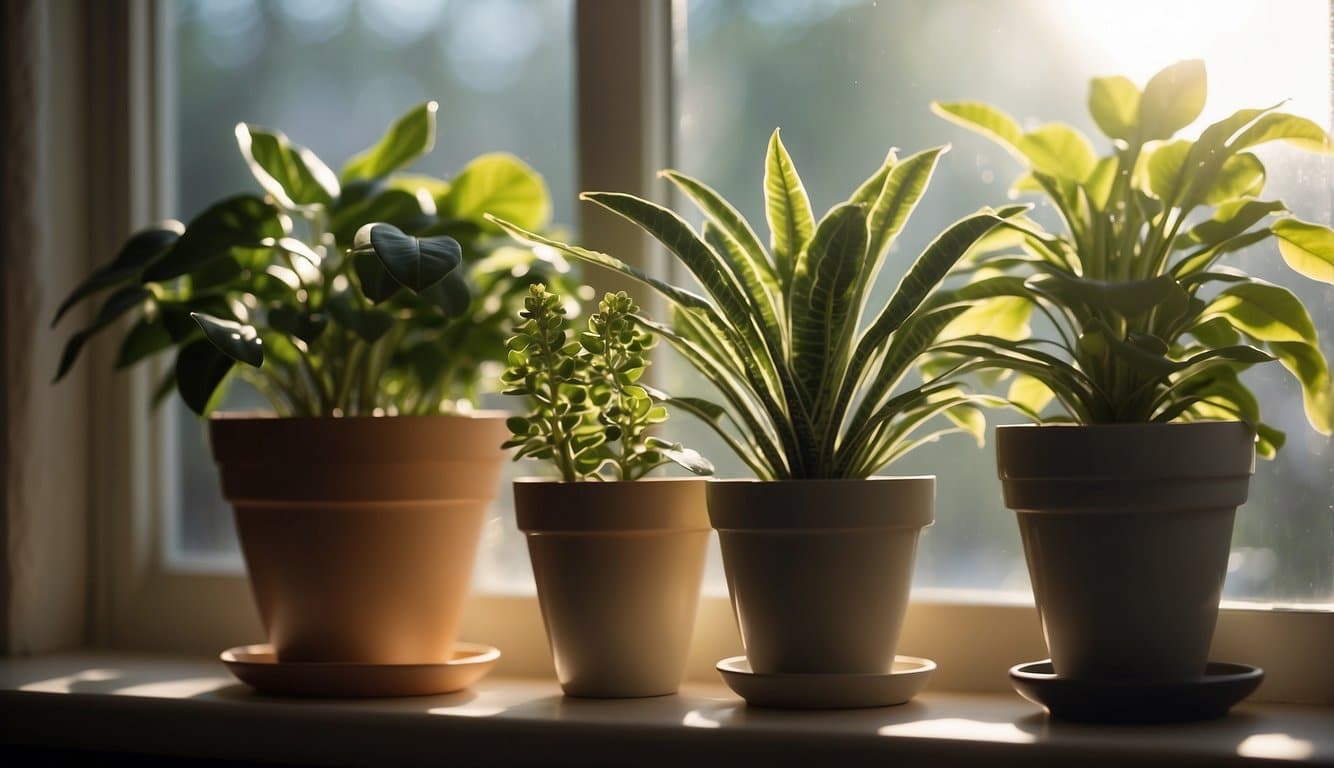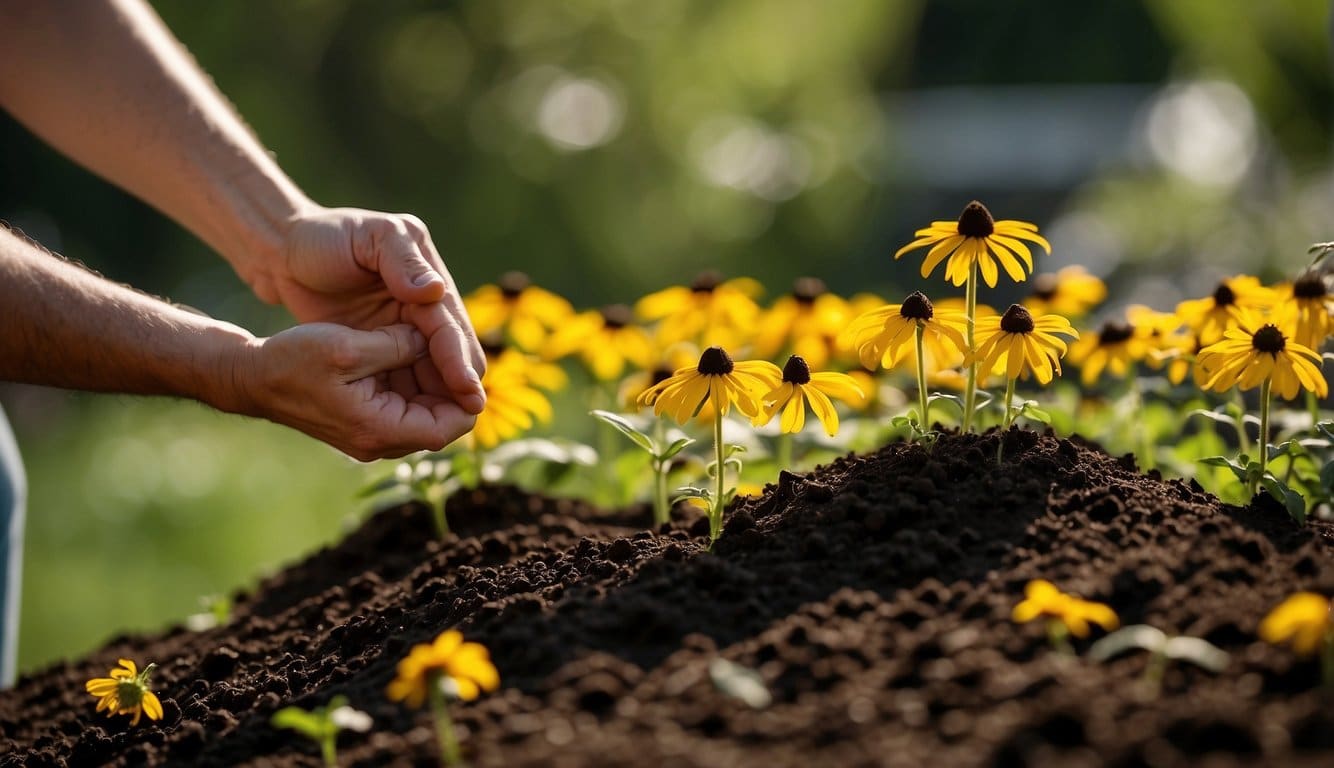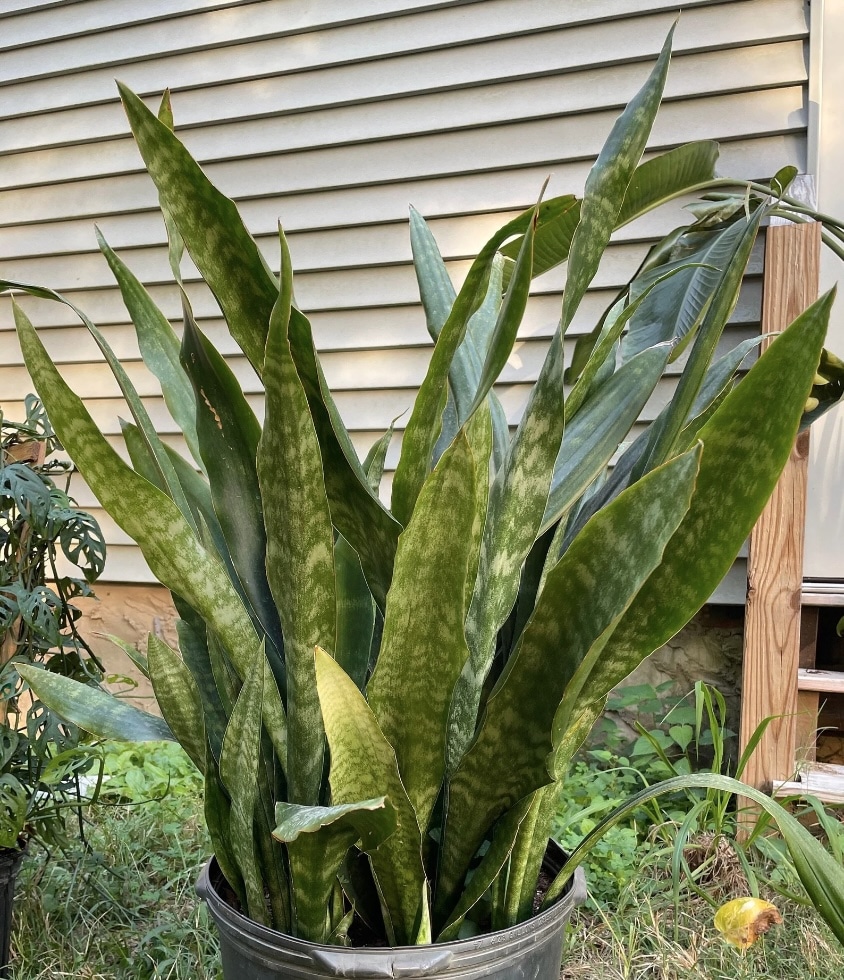Plant Acclimation
Transitioning your houseplants to the outdoor environment after they’ve spent the winter indoors is crucial for their health and growth. This process, known as acclimation, requires attention to timing and gradual exposure to outdoor conditions to ensure your plants adapt without stress.
Benefits of Acclimating Houseplants Outdoors
- Enhanced Growth: When you acclimate your plants to the outdoors, they benefit from more robust growth thanks to the increase in natural sunlight and air circulation.
- Improved Health: The outside environment offers your houseplants a chance to recover from the stale indoor air of winter, potentially reducing pest problems and diseases.
Moving indoor plants outside can lead to vigorous growth and beautiful blooms, but it must be done with care to prevent shock.
Timing for Transitioning Houseplants
- Monitor Temperatures: Wait for consistent nighttime temperatures above 50°F (10°C) before starting the acclimation process.
- Progressive Exposure: Begin with shaded areas to introduce plants to the wind and sun, gradually increasing their time outdoors over a week or two.
Timing the transition correctly is critical. For instance, succulents and cacti have different light and humidity needs compared to tropical plants.
Assessing Environmental Conditions
As you prepare to transition your houseplants to the outdoors in spring, careful consideration of the environmental conditions is crucial for their survival and growth. Specific factors such as sunlight, temperature, humidity, wind, and rain play a significant role in a plant’s ability to adapt to its new environment.
Analyzing Outdoor Sunlight
- Direct Sunlight: Gradually introduce your houseplants to outdoor sunlight. Begin with filtered light and slowly increase exposure to prevent leaf scorch.
- Duration of Light: Monitor the duration of sunlight the area receives. Most plants benefit from at least 4-6 hours of indirect sunlight per day.
Evaluating Temperature and Humidity
- Temperature Range: Aim to place your plants outside when the temperature is consistently between 65°F and 80°F. Abrupt temperature changes can cause stress to the plants.
- Humidity Levels: Check the outdoor humidity levels, as houseplants are accustomed to the stable indoor environment. High humidity is generally favorable for tropical plants, while cacti and succulents prefer drier air.
Protecting Plants from Wind and Rain
- Wind Breaks: Use walls, fences, or dense vegetation to buffer your plants from strong winds that can cause physical damage or rapid drying.
- Shelter from Rain: While rainwater can be beneficial, ensure plants are not in a position where heavy rain can overwhelm them, leading to waterlogged soil and potential root damage.
Preparing Houseplants for Transition
Making the move from indoors to outdoors requires preparation to ensure your houseplants adapt well to new conditions. This involves gradually introducing your plants to sunlight and adjusting them to the outdoor temperature.
Gradual Sunlight Exposure
- Start by placing your plants in a shaded location to prevent sun scorch.
- Over a period of 7-10 days, increase their exposure to sunlight by 1-2 hours daily.
Adjustment to Outdoor Temperatures
- Begin the transition when the outdoor nighttime temperatures consistently stay above 50°F (10°C).
- Move plants outdoors during the day and bring them inside at night for several days to help them adjust.
Outdoor Placement and Care
Transitioning your houseplants outdoors requires careful consideration of their new environment and a consistent care routine. Potential threats like direct sunlight, wind, and heavy rain mean selecting the right location is crucial, as is adjusting watering and feeding schedules to suit outdoor conditions.
Selecting the Right Location
- Light Exposure: Begin with a shaded area to prevent shock from harsh sunlight. Move plants gradually to brighter spots, if their specific needs call for it. Moving Indoor Plants Outside | Gardening Know How provides insight into the gradual transition.
- Wind Protection: Place your plants where buildings or other structures can shield them from strong winds. For more on the protective placement, read about creating a safe area during storms.
Watering and Feeding Requirements
- Watering Schedule: Forget the calendar; outdoor plants need a flexible watering routine. Check the soil and water as necessary. An expert emphasizes this in How and When to Move Houseplants Outdoors, According to a Pro.
- Nutrient Needs: Increase feeding frequency, as plants in outdoor conditions might require more nutrients. Adjust fertilizer based on growth and foliage color.
Monitoring Plant Health Outdoors
- Inspect Regularly: Look for signs of distress, including wilting, discoloration, or burnt leaves. Damage from the sun means you should move your plant out of direct sun and remove affected leaves.
- Pest Control: Outdoor placement might attract pests; therefore, check your plants often and treat infestations quickly to minimize damage.
Frequently Asked Questions
Transferring your houseplants outdoors as the seasons change requires careful attention to temperature ranges and gradual acclimation to prevent shock. An optimized transition minimizes stress for the plants, ensuring they enjoy the change and thrive in their new environment.
At what temperatures is it safe to transition houseplants to the outdoors?
The safe temperature range for transitioning houseplants outdoors typically falls between 65°F and 80°F. Extreme temperatures can stress the plants, so it’s crucial that you avoid cold snaps or excessively high heat when moving plants outside. When Is It Safe To Put Houseplants Outside? A Seasonal Guide
What is the proper way to acclimate houseplants to outdoor conditions?
Acclimating houseplants should be a gradual process to reduce shock. Begin by placing plants outside for a few hours in indirect sunlight and gradually increasing their exposure over a week or two. This method helps plants adjust to the outdoor temperature, light, and humidity differences. Moving Indoor Plants Outside
How long should houseplants be left outside initially during their transition period?
During the initial transition period, houseplants should be left outside for only 1-2 hours and then gradually increase the duration over the course of 7-10 days. It’s essential not to rush this process, as it allows the plants to become accustomed without undue stress. 5 Things You Need To Know Before Moving Houseplants Outside In Spring
Is it advisable to leave houseplants outside overnight during the acclimation process?
Generally, you should not leave houseplants outside overnight during the early stages of the acclimation process as temperatures can drop and dew can form, which can shock the plants. Gradually, as they adjust, plants might stay out for extended periods, but always monitor the weather forecast. How and When to Move Houseplants Outdoors, According to a Pro
What steps should be taken to prevent pests when bringing outdoor plants inside?
Before transitioning your houseplants back indoors, it’s crucial to check thoroughly for pests and treat any infestations. Washing leaves and applying an appropriate insecticidal soap or neem oil can be effective preventive measures.
What schedule should be followed for moving houseplants to the garden?
- Start moving houseplants to a shady spot in the garden once temperatures are consistently above 65°F.
- Allow them outdoors for 1-2 hours initially, incrementally increasing exposure each day.
- Over 7-10 days, extend outdoor time and gradually move them into brighter areas.
- After full acclimation, houseplants can be placed in their desired outdoor location.


